Squash is a large food family with cultural roots. One of the classic First Nations’ ‘three sisters’ – corn, beans and squash – plants traditionally grown together to help each other thrive and survive. The corn provides tall stalks for the beans to scramble up so that they are not out-competed by the sprawling squash vines along the ground. The large leaves of the squash shelter soil, help retain moisture and prevent weeds. The beans provide nitrogen to fertilise the soil and also help support the corn during strong winds. Not surprisingly these three are also at the centre of their culinary tradition too being the main ingredients for warming soups, stews and casseroles.
Here in the UK, one commonly available winter squash is the butternut, a versatile ingredient and a long bell-shaped yellowy-orange vegetable (though it is technically a fruit). Like all squash, its outer skin is hard though butternut’s is smooth rather than ribbed or bumpy as with many of the other squashes. In its bell-bottom centre you find the large flat seeds in a neat little pocket clustered within a fibrous mat.
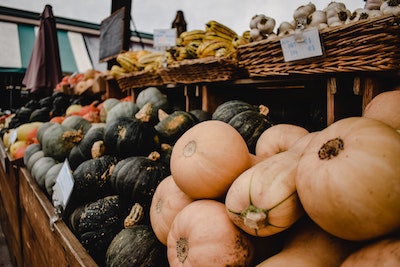
Butternut Squash is a great source of fibre and being orange in colour, it also contains carotenoids and other anti-oxidants. As with other real foods, it is packed with nutrition including vitamins A, C, E and B as well as trace minerals magnesium, potassium and manganese. Butternut has half the carbohydrate of sweet potato and its low Glycaemic Index means those carbohydrates are digested and released into the blood stream slowly, so helping to prevent blood sugar levels rising too steeply after eating.
Winter squash tend to have more flavour and denser texture than their summertime cousins (eg spaghetti squash, marrows, courgette) and so hold their shape in cooking. Usually baked to caramelise the natural sugars they contain, often stewed but they can also be boiled, mashed and incorporated into breads and desserts.
Choose squash that have a firm exterior and no soft spots or cracks. The skin should be matte and hard. If it is still shiny and soft, it might be under-ripe and if you tap it, it won’t sound hollow, as it should when it is ripe and in good condition. Best stored out of the light in the cool but not the fridge where it should keep well for months.
In my experience, the biggest challenge with cooking squash is actually chopping them up. You’ll need a sharp and decent sized knife to chop them in half and then chunks and perhaps a smaller knife or vegetable peeler to tackle the skin either before or after you chop. The skin is edible but the thicker it is, the less likely that you will want to eat it. Use a spoon to scoop out the seeds and be prepared for a little orange staining on your fingers. The seeds are also edible, but best prepared and cooked separately.
Half a squash makes a very good receptacle in which to spoon mince or chilli and bake together. Cooked squash freezes and reheats very well and then you also benefit from the resistant starch it contains following this process (great for your microbiome).
It is easy to chop and roast with other root vegetables like carrot, sweet potatoes and beetroot; or indeed any vegetable. Roasted veg are always delicious if turned into some tasty creamy lentils and sprinkles of sage and thyme leaves or roasted with paprika, cayenne or similar, drizzled in a little oil, seasoned and roasted to accompany anything really where you might otherwise expect to see potato.
Alternatively, you could add diced squash to gently sweated onions with a few chopped rosemary leaves and cook until the squash is soft. Then turn this into some cooked beans (eg cannellini beans), add some stock and seasoning, top with savoury cheesy crumble and bake. Diced squash can also be used in risotto either on its own or in combination with something that balances the sweetness such as spicy sausage.
One of my recent discoveries is warm butternut hummus, thanks to the wonderful folk at Riverford Organic. Basically, boil up butternut chunks for 10 minutes. Then combine them in a food processor with about the same volume of chickpeas, a couple of roasted garlic cloves, a little tahini, a little harissa, S&P and 2 tablespoons of good olive oil. Blitz the lot into a smooth hummus paste which can then be heated up gently and eaten with roasted veggies or baked potatoes or whatever takes your fancy. I promise you, it is completely delicious.
One of my other favourite Riverford squash recipes is squash and mushroom goulash, frankly anything with a swirl of soured cream and sprinkling of dill gets my vote!
And don’t forget the soothing, filling, luxuriously thick and lovely roasted squash soup. Perhaps given a kick with some ginger and chilli or try adventuring into un-whizzed squash soup in combination with the likes of coconut, lime and tamarind.
Hopefully something here has inspired you to get sharpening a suitable knife and use the ubiquitous squash to bring a new flourish your repertoire.
About Jules Weldon

“I’ve always been passionate about real food. Yet when I was faced with supporting my daughter born with brain damage, my passion turned to devoted study and application. I discovered the power of food to facilitate her neuroplasticity and neurogenesis for recovery. I have come to know through experience that if we just stick to the simple message of ‘enjoy real food’, most of us will be well nourished and thus fairly resilient health-wise.
I work to support unpaid carers and I am also a professional member of the National Institute of Medical Herbalists. I run an online group called Stay Well Simply, teach fermenting 101 classes, bang on about informed choice and real food, and during the growing season I lead folk on little adventures to connect with plants’ gifts. Nature inspires my life and work.”
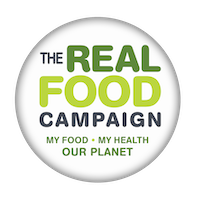
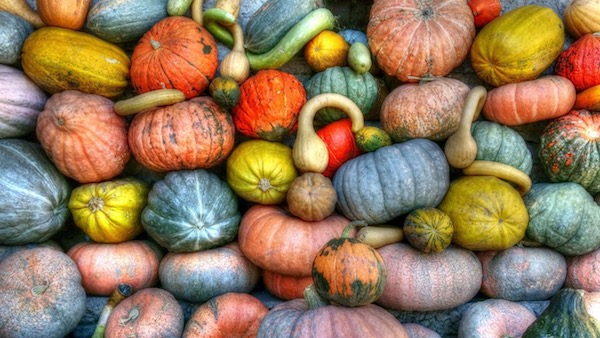
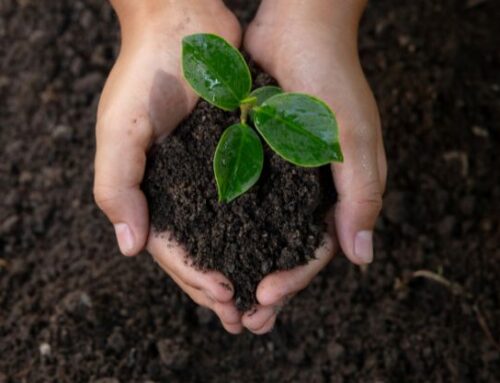

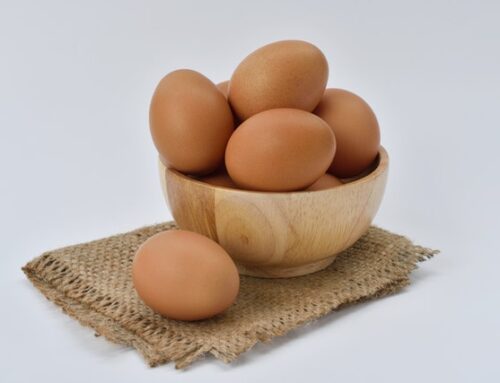
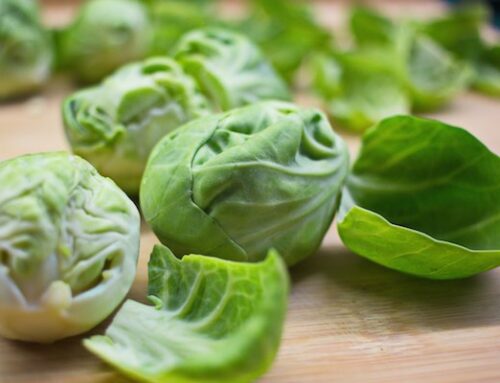
Great recipes, Antonia! And the other must-try taste with sour cream is adding mustard – delicious, hitting all those other taste receptors and improving nutrient absorption, stimulating white blood cells & innate immunity, and supporting respiratory tract and liver function!
Thanks Alex and no credit due to me – all Jules!